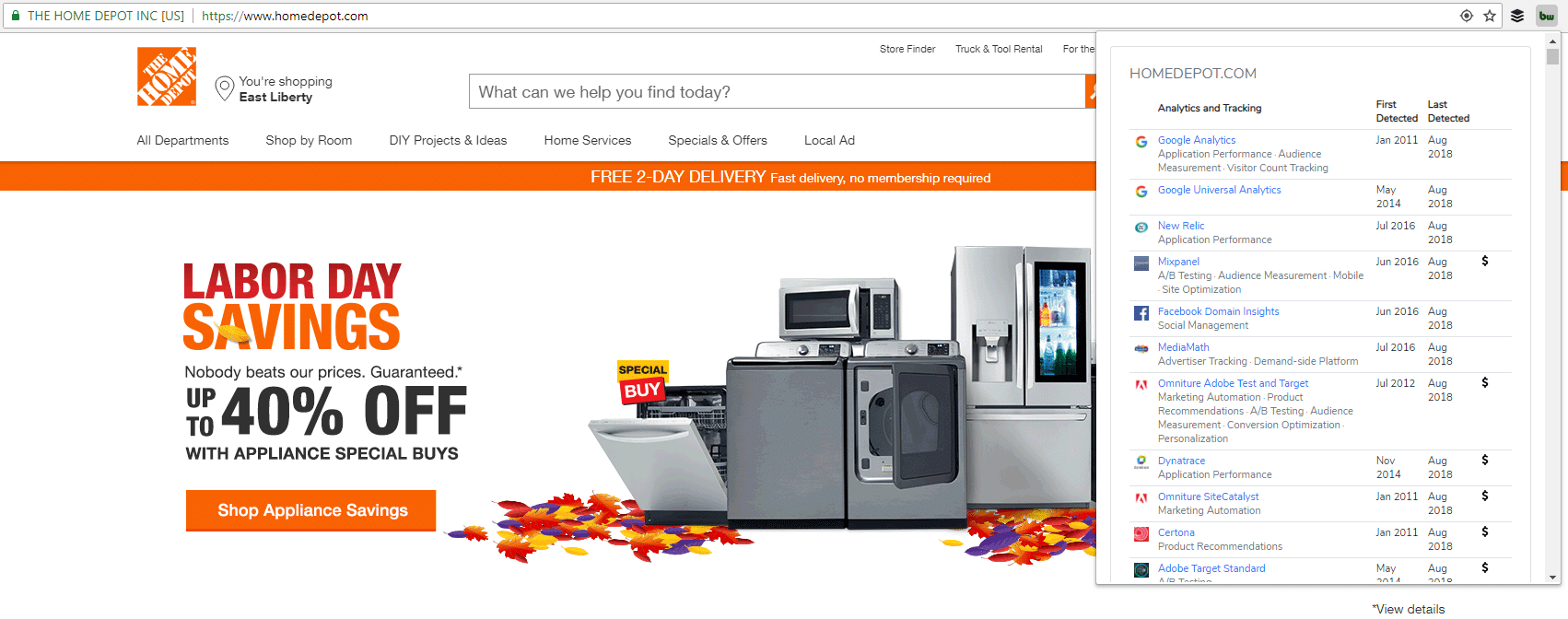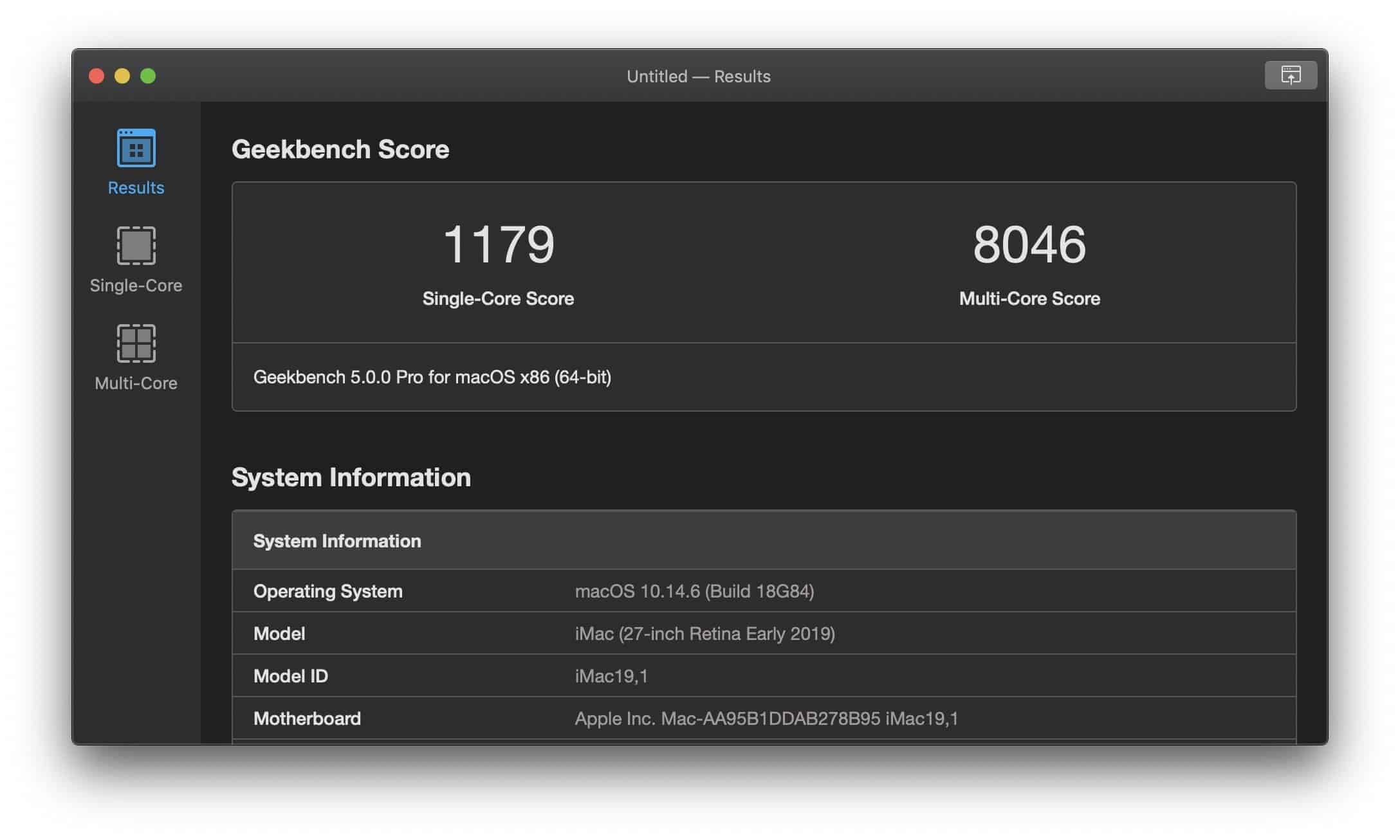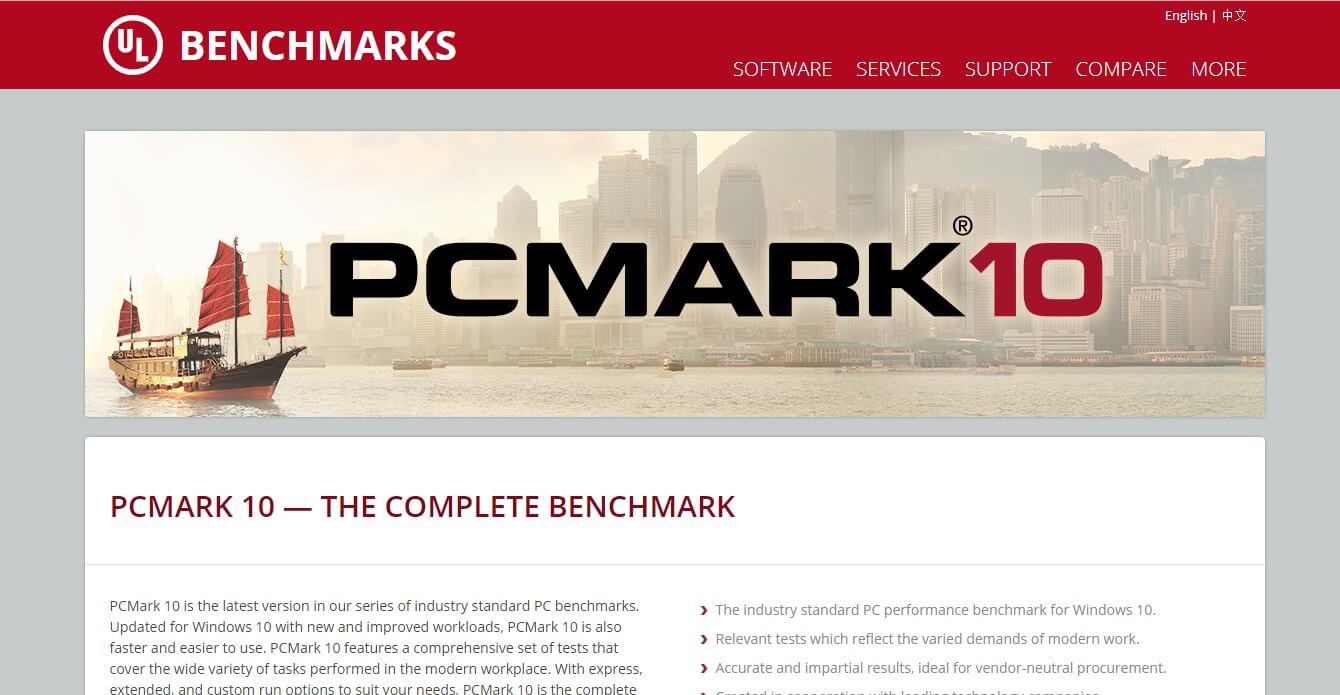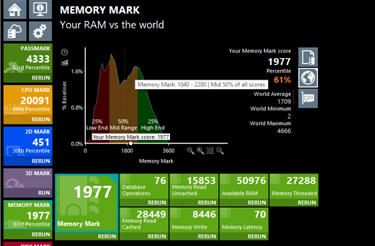

- #Online benchmark computer drivers#
- #Online benchmark computer driver#
- #Online benchmark computer software#
- #Online benchmark computer windows#
Heaven can test a GPU’s performance using DirectX 9, 10, or 11 or OpenGL paths, with varying levels of image quality and tessellation. Another handy synthetic benchmark is Unigine Heaven. Futuremark’s 3DMark 7 is a popular tool that provides an overall 3DMark score, as well as numerical results for each of the individual tests that contribute to the final score. SANDRA also provides results from other CPUs for easy comparison.įor testing a GPU’s performance, we recommend using a mixture of synthetic and real-world tests to see how the GPU handles a range of different workloads. The tests are multithreaded and generally scale with higher-clocked speeds and more CPU cores. SiSoft’s SANDRA 2012 incorporates a few CPU-centric synthetic benchmarks that test a chip’s performance with various mathematical workloads. The most useful CPU benchmarks place a heavy workload on the CPU while minimizes the influence of other system components. You must decide which aspects of system performance are most important to you, tailor the suite of benchmarks to your specific needs, and then weigh the individual test results accordingly. A casual user seeking a more responsive system may benefit most by upgrading a slow hard drive to a fast solid-state drive. A gamer seeking the best possible frame rates, for example, will probably be better served by a faster GPU than by more memory.

Which of these components is the most important in a particular case depends on the individual person’s usage patterns, however. Many components in a system contribute to its overall performance, but the CPU/processor, memory, graphics board, and storage configuration generally play the largest roles for most users.

Finally, confirm that the operating system is fully updated and patched to ensure optimal compatibility and to reflect the current, real-world OS configuration–not the OS as it may have shipped years ago.
#Online benchmark computer driver#
This is especially true of graphics boards and motherboards/chipsets, where the wrong driver can significantly worsen the system’s frame rates or transfer speeds and latency.
#Online benchmark computer drivers#
Using the correct (typically the latest) drivers for a component is another important step to take to ensure that it is operating and performing optimally. Consequently, after boot-up, it’s best to let the system “settle” and reach an idle state, with no drive or CPU activity, before you run a test. In the same vein, most operating systems load multiple services and perform maintenance during the initial boot process. Unless you’re testing a system as it shipped from an OEM to evaluate the effects of background applications on performance, shut them down before running the tests. This is especially important in connection with antimalware utilities, remote desktop tools, and downloaders that intermittently consume CPU, memory, and storage resources and steal application focus. You don’t want applications or utilities that may be running in the background to interfere with the benchmark, so shut them down. If you have applications running, it may not be safe (or possible) to delete all temporary files, so restart your system and shut down any applications that may be running in the background before wiping out any temporary files.
#Online benchmark computer windows#
In Windows 7, you can find prefetch data in C:WindowsPrefetch, and temporary files in C:WindowsTemp and C:UsersAppDataLocalTemp. Windows (and other) operating systems proactively prefetch data and store numerous temporary files that could interfere with a benchmark, so it’s best to clear out any temporary files and prefetch data before running a test.
#Online benchmark computer software#
On the software front, parameters for the operating system, applications, and drivers must be satisfied to ensure accurate, repeatable benchmark results.

That said, we’ve run benchmarks for many years, and have had only a handful of components fail due to the demands of a benchmark test–and those components were likely defective to begin with. Also, an inadequately cooled or underpowered device that works most of the time may become unstable under stress. If you have a component that seems unstable or unreliable during normal, day-to-day use, subjecting it to a taxing benchmark could kill it. Many benchmarks place significant stress on specific components, so you need to ensure that all such components are in good working order, properly cooled (if necessary), and receiving adequate power.


 0 kommentar(er)
0 kommentar(er)
